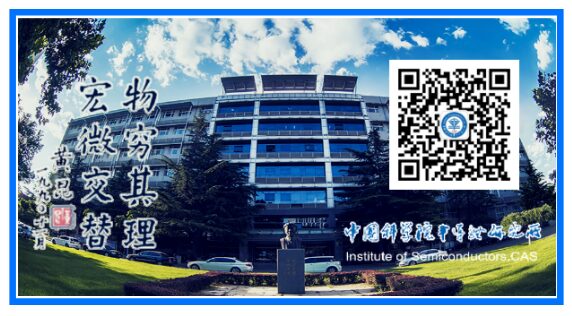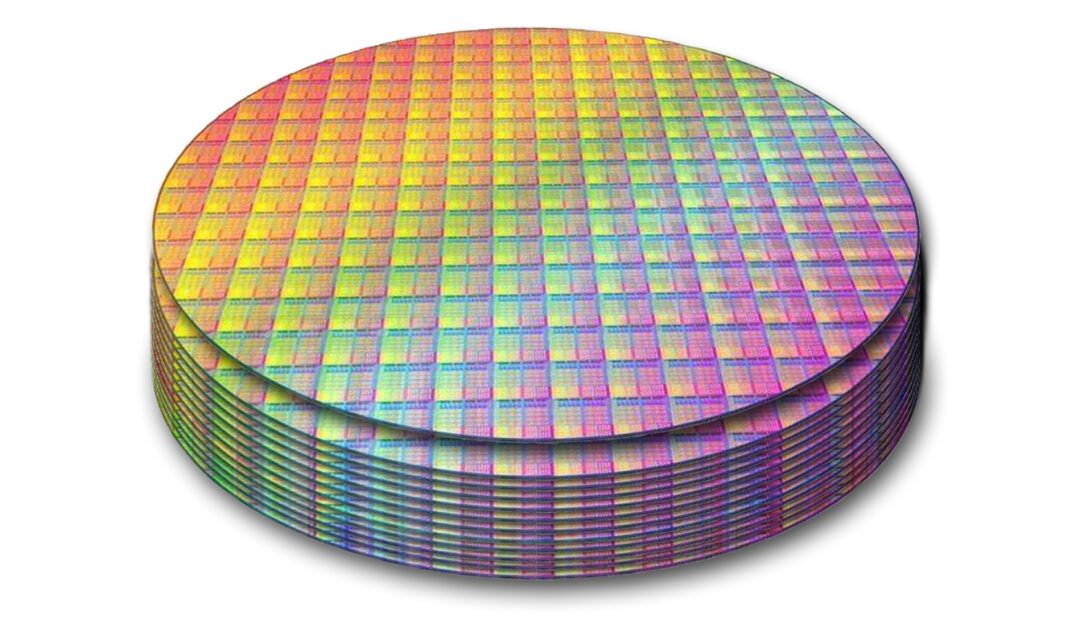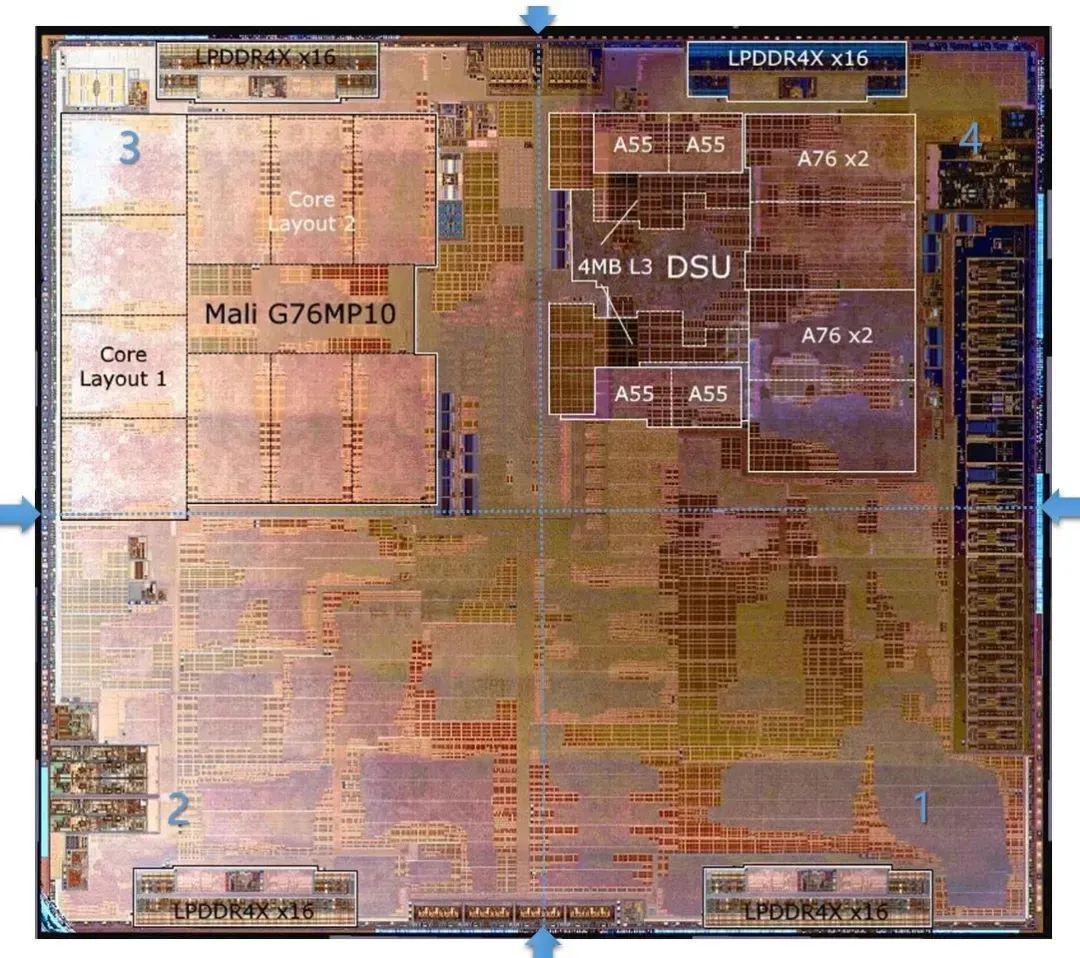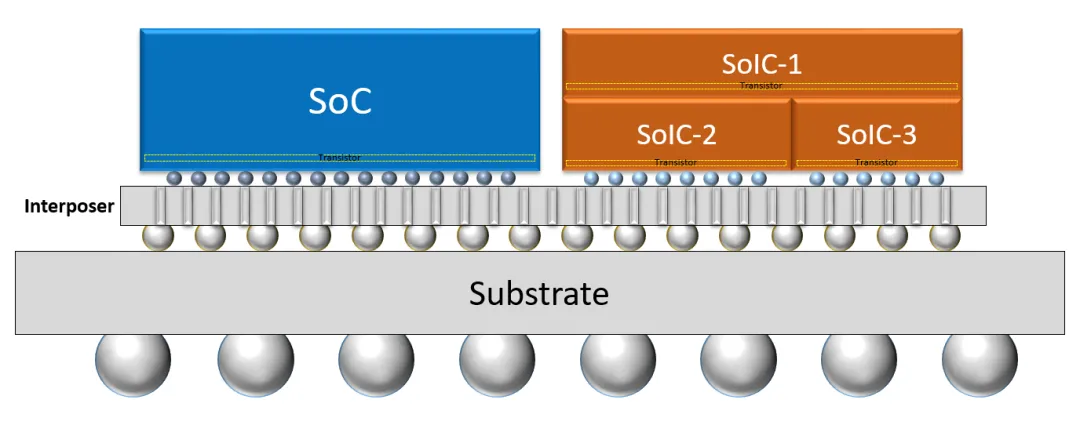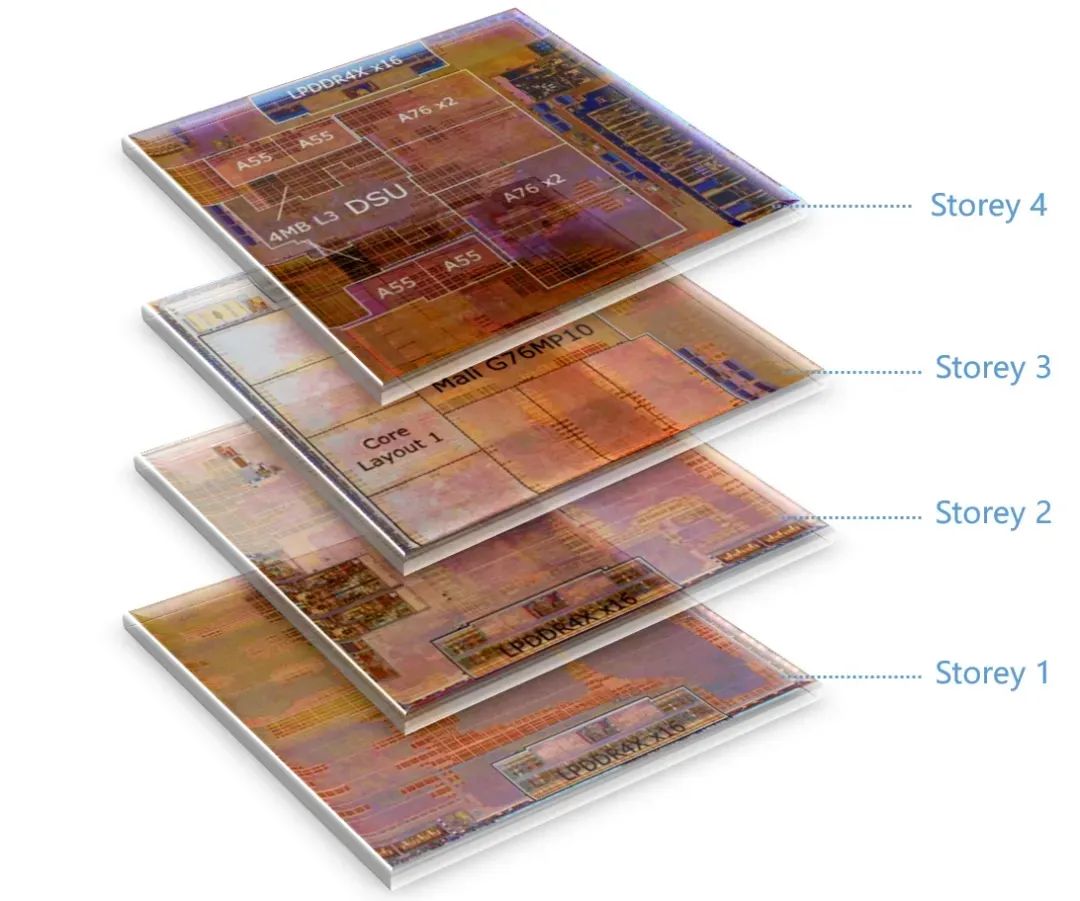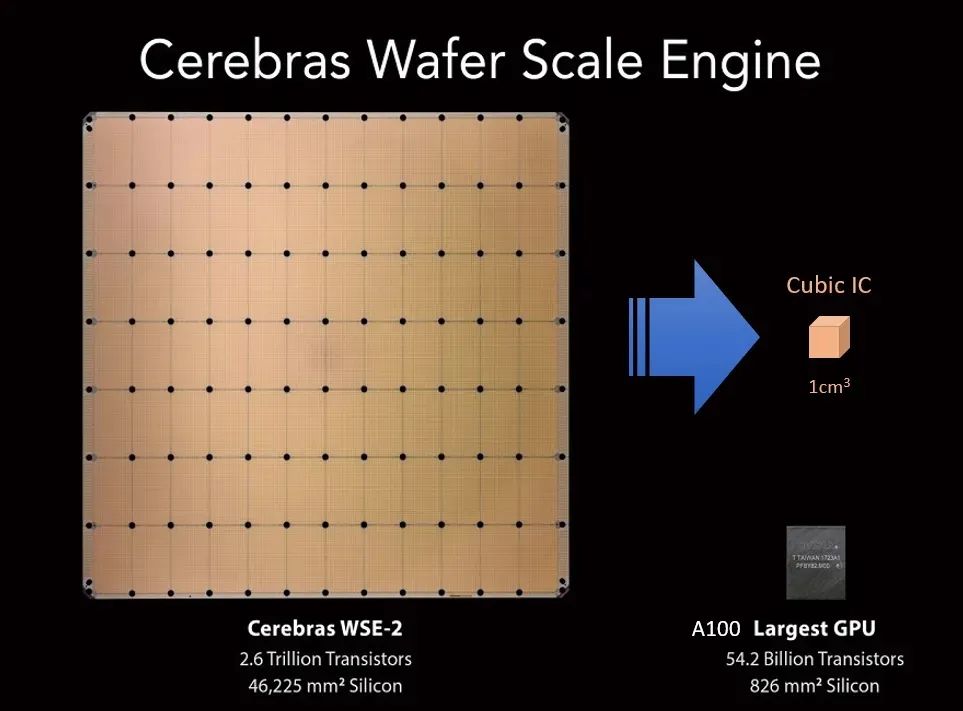
Source: SiP and Advanced Packaging Technology
Original Author: Suny Li
The design concepts of chips have evolved from SoC to SoIC and then to CIC. This article introduces the differences among these three.
SoC (System on Chip), SoIC (System on Integrated Chip), and CIC (Cubic Integrated Circuit) – what are their similarities and differences? Today, we will compare and interpret them together.
SoC is short for System on Chip, which is a system or product formed by combining multiple integrated circuits with specific functions onto a single silicon chip, containing a complete hardware system and its embedded software.
SoC integrates processors (including CPU, DSP), memory, various interface control modules, and various interconnect buses. The figure below shows the layout of the Kirin 980 SoC.
SoC achieves the functionality of an electronic system on a single chip, whereas this system often required one or more circuit boards along with various electronic components, chips, and interconnections before the advent of SoC.
SoC realizes a high degree of integration of functionality on a single chip, with a significant increase in functional density compared to traditional board-level systems.
SoIC (System on Integrated Chips) is TSMC’s latest advanced packaging technology. The most distinctive feature of this technology is its no-bump bonding structure, which allows for higher integration density and better performance.
SoIC assembles multiple chips using a hybrid bonding method, achieving volume and performance equivalent to a single SoC.
Comparing the SoC and SoIC in the figure below, we can see that SoIC has at least two advantages over SoC: 1) heterogeneous integration, 2) higher functional density.
SoIC-1, SoIC-2, and SoIC-3 can be produced using different process nodes and then assembled through hybrid bonding, supporting heterogeneous integration, thus providing greater flexibility. Moreover, SoIC has more transistor layers, as highlighted in the image. It can be seen that SoC has one transistor layer while SoIC has two. Under the same process conditions, SoIC has twice the number of transistors compared to a SoC of the same volume, resulting in a functional density that is also twice that of SoC. As the number of stacked layers increases, this advantage becomes even more apparent.
CIC (Cubic Integrated Circuit) is a concept I proposed in an article titled “New Ideas in Integrated Circuit Design” published on August 7, 2021, aimed at designing chips with a cubic approach.
I want to emphasize that CIC is planned and designed with a cubic approach right from the chip’s planning stage. As shown in the image below, an SoC is initially planned to be designed with 4 layers or more, requiring sufficient functional support from EDA vendors in software development to achieve.
In practical applications, CIC could be 10 layers, 20 layers, 50 layers, 100 layers, 500 layers, or more. From the perspective of the fastest signal arrival and energy efficiency, a perfect cube is the optimal chip shape, which is the origin of the CIC name.
With the current 7nm process, over 10 billion transistors can be integrated on a chip the size of a fingernail. If designed in the CIC model, the number of transistors that can be integrated in a cubic centimeter the size of a fingertip could reach 250 trillion to 500 trillion, which is 250 to 500 times that of 10 billion.
If CIC can be realized, the largest chip in the world today, such as the WSE second-generation transistor the size of a dinner plate, contains 26 trillion transistors. According to the CIC design concept, this could easily be achieved in a fingertip-sized cubic centimeter.
This would be a qualitative leap; however, the design and manufacturing of CIC will undoubtedly be a very challenging goal to achieve.
To succeed in competition, one must overcome various difficulties and strive towards the set goals! This is the power of goals. Some people believe because they see, while others see because they believe.
The SoC technology began in the mid-1990s and emerged as a natural product of the transition of integrated circuits (IC) to integrated systems (IS). Motorola’s FlexCore, released in 1994, is claimed to be the earliest product realized through SoC technology.
The SoIC technology was officially proposed by TSMC in 2018, integrating multiple independent small chips into a consolidated SoC system through 3D manufacturing technology, achieving higher functional density, lower communication latency, and lower energy consumption per unit. Currently, SoIC technology can be stacked up to 12 layers.
The CIC concept was proposed in August 2021 and is still only an expectation for the development of chip technology, which may have significant and rapid development in the future.
In existing chip technology, transistors are the basic unit of information storage and also the basic unit of functionality. In system space, the density of transistors also represents functional density. Whether SoC, SoIC, or CIC, the main purpose of their realization is to improve the functional density within the system space and reduce the energy consumption per unit of information transmission.
END
Reprinted content represents the author’s views
Does not represent the position of the Semiconductor Research Institute of the Chinese Academy of Sciences
Editor: Yuzu Lu
Responsible Editor: Liu Kuai Qian’s Fish
Submission Email: [email protected]
1. The Semiconductor Institute has made progress in the research of bionic covering neuron models and learning methods.
2. The Semiconductor Institute has made significant progress in inverted structure perovskite solar cells.
3. Why is copper used as the interconnect metal in chips?
4. What exactly is 7nm in chips?
5. Silicon-based integrated photonic quantum chip technology.
6. How unusual is the quantum anomalous Hall effect? It may lead to the next revolution in information technology!
